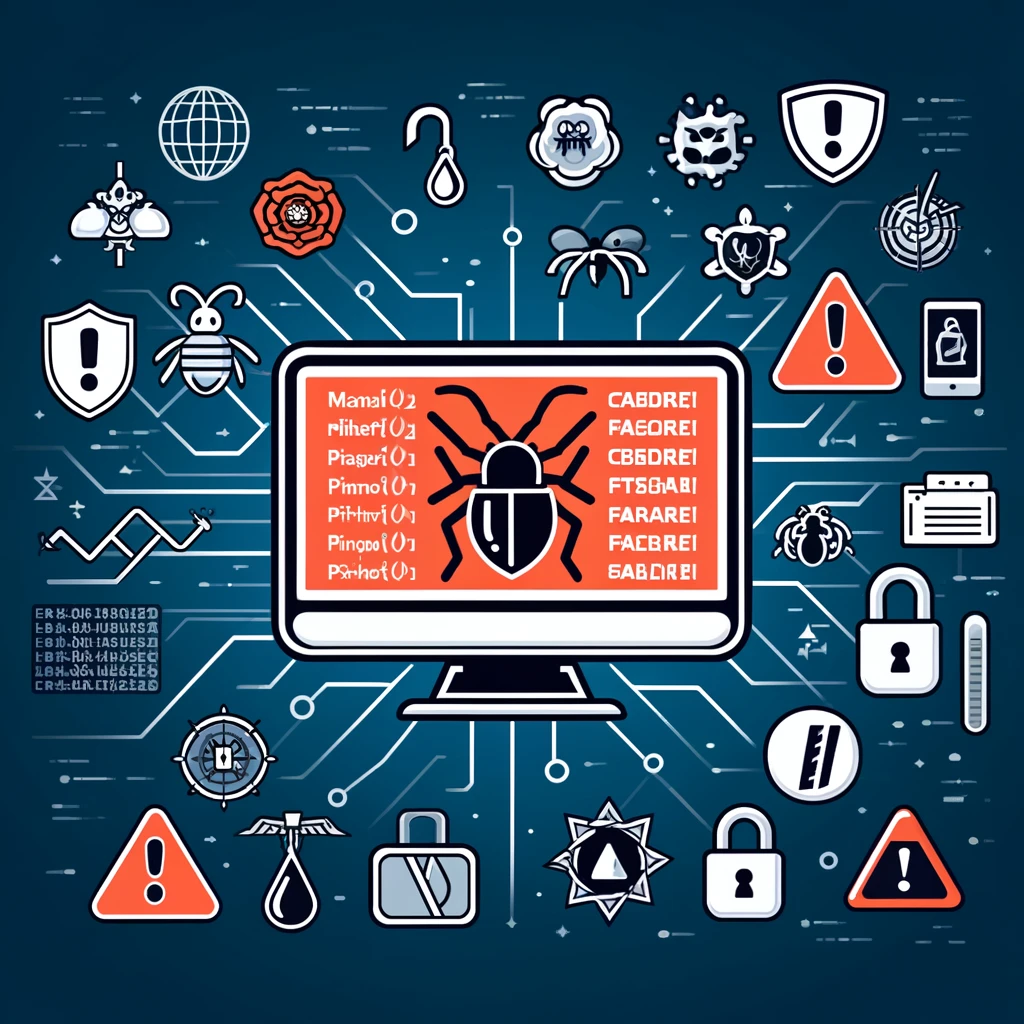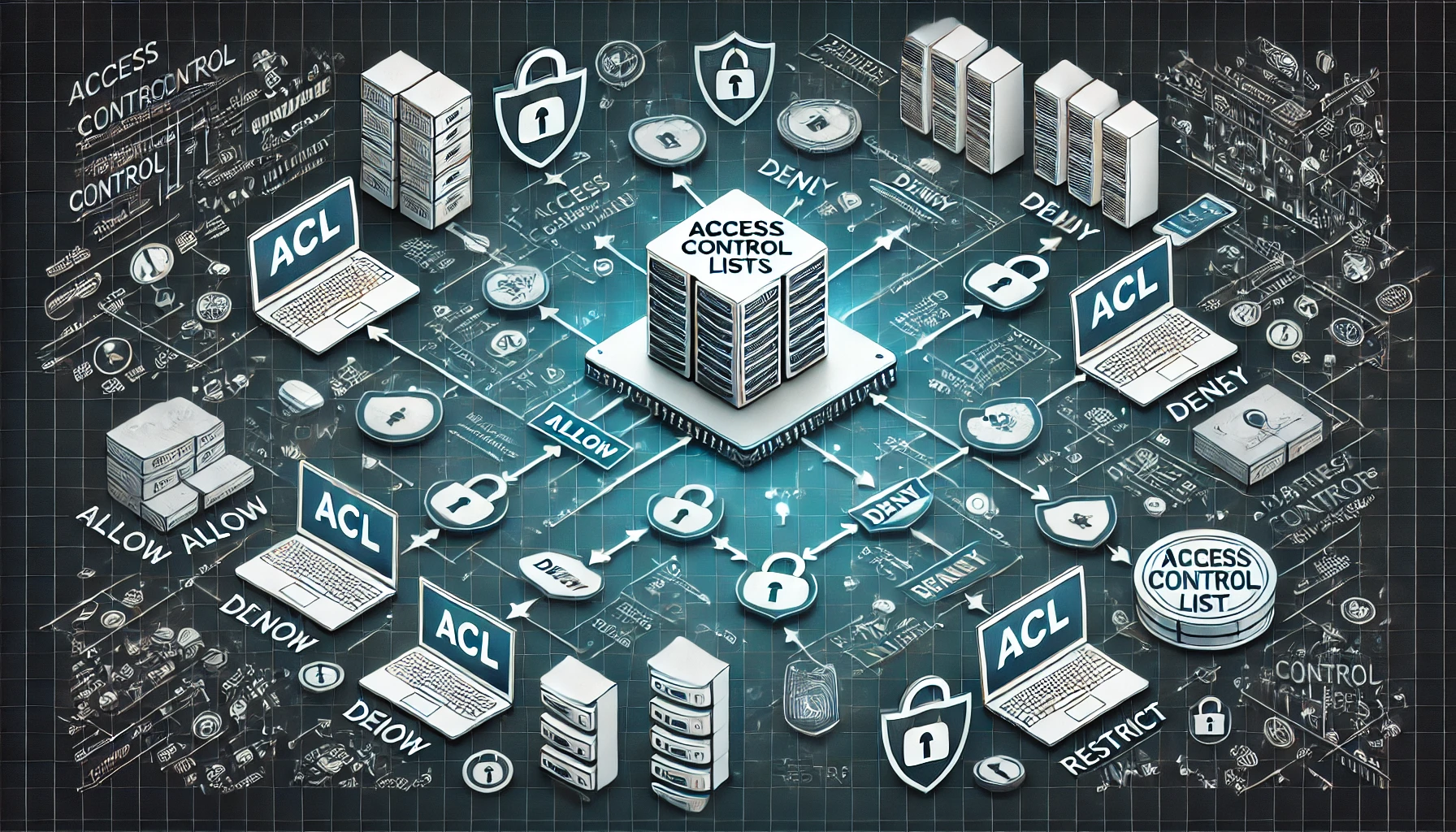In today’s digital age, cyber security has become a crucial component for businesses and individuals alike. With the increasing reliance on technology and the internet, the risk of cyber threats has escalated, making it essential to protect sensitive information from malicious actors. But what exactly does cyber security entail? This comprehensive guide will explore the various aspects of cyber security, its importance, and the strategies employed to safeguard against cyber threats.

Understanding Cyber Security
Cyber security encompasses a range of practices, technologies, and processes designed to protect networks, devices, programs, and data from attack, damage, or unauthorized access. It involves safeguarding information and systems from cyber threats, which can come in many forms, including malware, phishing, ransomware, and hacking.
The Importance of Cyber Security
Cyber security is vital for several reasons:
1. Protection of Sensitive Information: Organizations and individuals store vast amounts of sensitive data, such as personal information, financial records, and intellectual property. Cyber security measures ensure this data remains confidential and protected from unauthorized access.
2. Preventing Financial Loss: Cyber attacks can lead to significant financial losses due to data breaches, fraud, and business disruptions. Effective cyber security helps prevent these financial repercussions by protecting critical assets.
3. Maintaining Business Continuity: Cyber threats can disrupt business operations, causing downtime and loss of productivity. Implementing robust cyber security measures ensures that businesses can continue to operate smoothly even in the face of cyber threats.
4. Compliance with Regulations: Many industries are subject to strict regulatory requirements regarding data protection. Cyber security helps organizations comply with these regulations and avoid legal penalties.
Key Components of Cyber Security
Cyber security is a multi-faceted field that includes various components working together to provide comprehensive protection. Here are the key elements:
Network Security
Network security involves protecting the integrity, confidentiality, and availability of data as it is transmitted across or accessed via a network. It includes measures such as firewalls, intrusion detection systems (IDS), and virtual private networks (VPNs) to safeguard against unauthorized access and attacks.
Information Security
Information security focuses on protecting data from unauthorized access, disclosure, alteration, and destruction. This involves implementing encryption, access controls, and data masking techniques to ensure data privacy and integrity.
Endpoint Security
Endpoint security refers to protecting devices such as computers, smartphones, and tablets that connect to a network. This includes using antivirus software, endpoint detection and response (EDR) solutions, and mobile device management (MDM) systems to secure endpoints from cyber threats.
Application Security
Application security involves identifying and addressing security vulnerabilities within software applications. This includes using secure coding practices, conducting regular security testing, and implementing application firewalls to protect against threats such as SQL injection and cross-site scripting (XSS).
Cloud Security
Cloud security focuses on protecting data, applications, and services that are hosted in the cloud. This involves using encryption, access controls, and secure configurations to ensure the security of cloud environments and prevent unauthorized access.
Identity and Access Management (IAM)
Identity and Access Management (IAM) involves managing user identities and controlling access to resources. This includes implementing multi-factor authentication (MFA), role-based access control (RBAC), and single sign-on (SSO) to ensure that only authorized users can access sensitive information.
Incident Response
Incident response refers to the process of identifying, containing, and mitigating cyber security incidents. This involves having an incident response plan (IRP) in place, conducting regular drills, and using tools such as security information and event management (SIEM) systems to detect and respond to threats in real-time.
Common Cyber Threats
Cyber threats come in various forms, each posing unique challenges to cyber security. Here are some of the most common threats:
Malware
Malware is malicious software designed to damage, disrupt, or gain unauthorized access to systems. This includes viruses, worms, trojans, and spyware. Effective cyber security measures such as antivirus software and regular system updates help protect against malware.
Phishing
Phishing involves tricking individuals into divulging sensitive information, such as passwords and credit card numbers, by posing as a legitimate entity. Educating users about phishing tactics and implementing email filtering solutions are essential for preventing phishing attacks.
Ransomware
Ransomware is a type of malware that encrypts a victim’s data and demands payment in exchange for the decryption key. Regular data backups, endpoint security, and network segmentation are crucial for protecting against ransomware attacks.
DDoS Attacks
Distributed Denial of Service (DDoS) attacks involve overwhelming a network or website with excessive traffic, causing it to become unavailable. Implementing DDoS protection solutions and using content delivery networks (CDNs) can help mitigate these attacks.
Insider Threats
Insider threats occur when an individual within an organization, such as an employee or contractor, intentionally or unintentionally causes harm. Implementing strict access controls, monitoring user activity, and conducting background checks can help prevent insider threats.
Best Practices for Effective Cyber Security
To ensure robust cyber security, organizations and individuals should follow best practices that encompass various aspects of protection. Here are some key recommendations:
Regular Software Updates
Keeping software and systems up to date is crucial for protecting against vulnerabilities that cyber criminals can exploit. Regular updates and patch management help ensure that security weaknesses are addressed promptly.
Employee Training and Awareness
Educating employees about cyber security best practices and the latest threats is essential for creating a security-conscious culture. Regular training sessions and awareness programs help employees recognize and respond to potential threats effectively.
Strong Password Policies
Implementing strong password policies, such as requiring complex passwords and regular password changes, helps protect against unauthorized access. Encouraging the use of password managers can also improve password security.
Multi-Factor Authentication (MFA)
Using multi-factor authentication (MFA) adds an extra layer of security by requiring users to provide multiple forms of verification before accessing systems. This significantly reduces the risk of unauthorized access.
Regular Security Audits
Conducting regular security audits helps identify vulnerabilities and areas for improvement. Security assessments, penetration testing, and vulnerability scanning are essential components of a comprehensive audit process.
Data Encryption
Encrypting sensitive data, both in transit and at rest, ensures that even if data is intercepted or accessed without authorization, it remains unreadable and secure.
Incident Response Planning
Having a well-defined incident response plan (IRP) is crucial for effectively managing and mitigating cyber security incidents. Regularly updating and testing the IRP ensures that the organization is prepared to respond to threats promptly.
Conclusion: The Role of Cyber Security in the Digital Age
Cyber security plays a vital role in protecting information and systems from an ever-evolving array of threats. By understanding the various components of cyber security, recognizing common threats, and implementing best practices, organizations and individuals can safeguard their digital assets and maintain trust in their technological environments. As technology continues to advance, staying vigilant and proactive in cyber security efforts will remain essential for ensuring a secure digital future.


